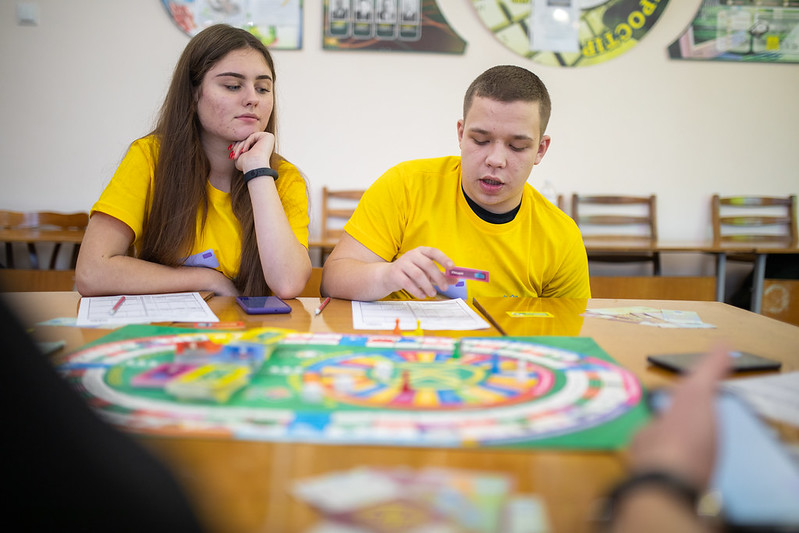Gifts Which Make Teaching Your Kids About Financial Literacy Fun
One of the hardest, and most important lessons to teach your child is the value of money, when to spend it, and how to save it. Giving money as a birthday or holiday gift might, at first blush, seem the easy way out, but it actually gives children a powerful tool toward obtaining their financial literacy.
The greatest gift you can give a child is your time, and next up is the ability to make wise monetary decisions that will inevitably follow them into their adult years. Learning these lessons early on will help them live the life they want while also feeling secure.
- Open a Savings Account for them. Although it might be hard for them to part with their allowance, holiday or birthday money, they’ll soon grow to see that they aren’t parting with it at all. Make them part of the process of opening the savings account, what’s involved at the bank, the paperwork, and show them what they can expect to earn in interest from each deposit.
- Give them an EGift Card. The gift of an egift card gives your child power over where to spend their cash. They can be purchased instantly online and sent via email or text, or even mailed with an endearing picture and note on the card. Your child will have the joy of perusing the vendor’s items and choosing what they want with deliberation.
- Monopoly or Life Board Games. As adults, we might take for granted the great lessons that can be learned by playing traditional board games. Buying hotels for St. Charles Place in Monopoly and making an investment toward your college education in Life are excellent opportunities to talk to your child about what is important to you and to them.
- Open an Investing Account for them. There are a number of automated investing accounts on the market today, and they take the ‘pain’ out of investment. A service like Acorns Early allows parents to round up their purchases to the next dollar; the change is then funneled into an account for their child’s education or other important goal.
- Good Old Fashioned Cash. Who doesn’t love getting cash? However, when gifting your child cash, make a point to help them separate their dollars. Create jars – one for savings, another for spending, and another for charity. When the time comes to give to charity, have them choose where they’d like to donate their funds, and if possible, go there with them to hand over the contribution so they can feel the joy firsthand.
- Create a Money Chart. Chances are good that your son or daughter will be receiving gift cards, egift cards or cash for their birthday or during the holiday season. Sit down with them and create a spending chart that has rows for Amount, Item Purchased, Cost, and Balance. When kept from year to year, the chart will help them see what they prefer to spend their money on, and how much they can literally “bank.”
- A Stock Share. What is it your child loves? Maybe it’s Disney or GameStop. Give them the gift of a share (or part of a share if the cost is too high to purchase one) of a stock they can watch grow (or sometimes fall) on their own. Encourage them to watch the rise and fall of the stock price, and to research what is driving the fluctuations.
- Books. Age dependent, it’s easy to find books that coordinate well with where they are in life. From little ones like The Berenstain Bears’ Dollars and Sense to older kids and The Intelligent Investor by Benjamin Graham, you can help your child learn in a way that they can relate to, and most of all, continue their interest in saving and investing.
- Spending Apps. There’s a reason for the phrase, “throwing money away.” It’s supremely easy to spend money and not give it a second thought. Kids are no different; in fact, they may throw money away more readily because they aren’t accustomed to having responsibilities to save for. Apps like iXpansit, Smallspend, and Xpenser, will help them see what is going out – and encourage them to save more.
Teaching kids about money might seem overwhelming, but it doesn’t have to be. With the right tools and mindset in place, you can help them budget a designated amount, showcase the cost of the items they desire, while also saving the remaining funds through their own savvy decision making.

